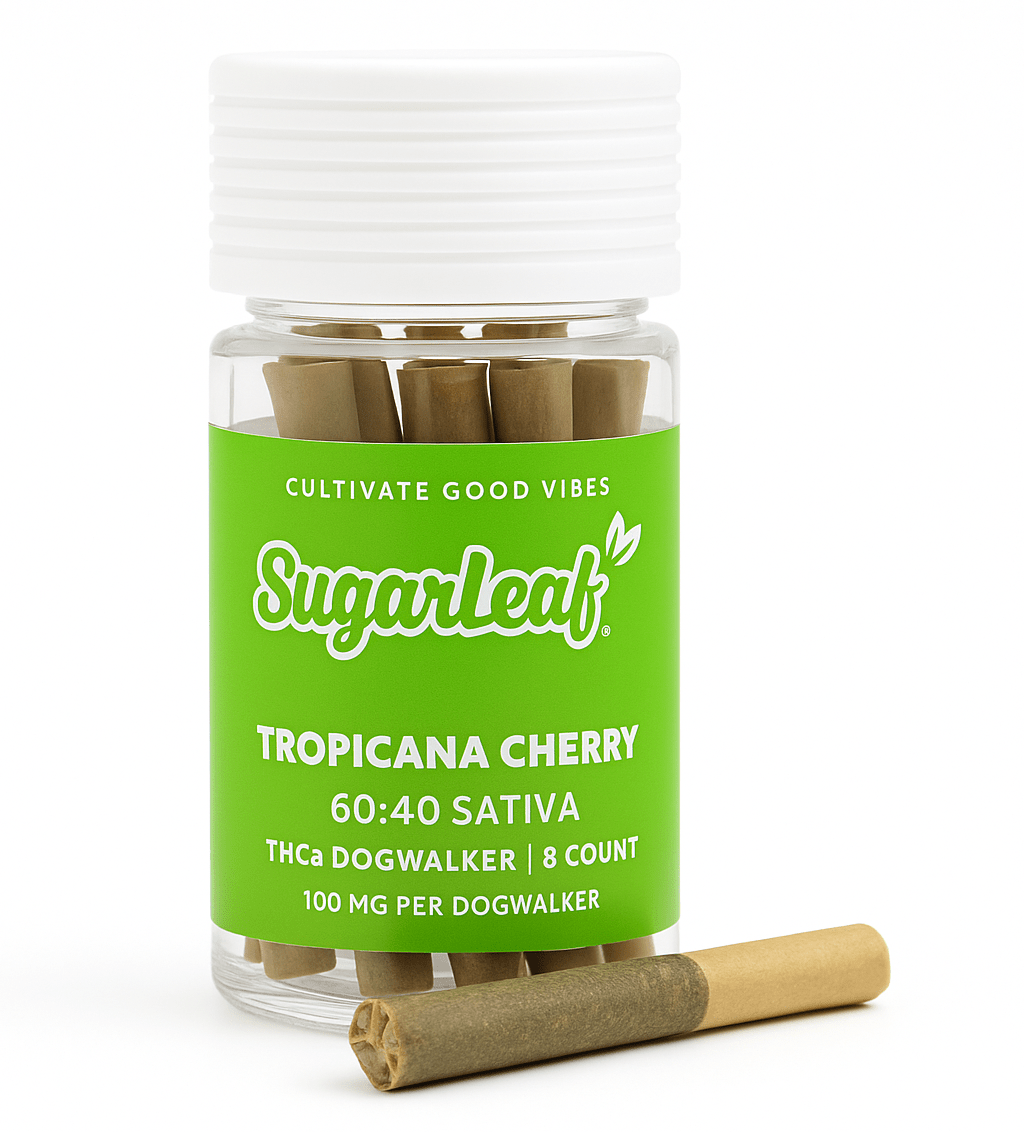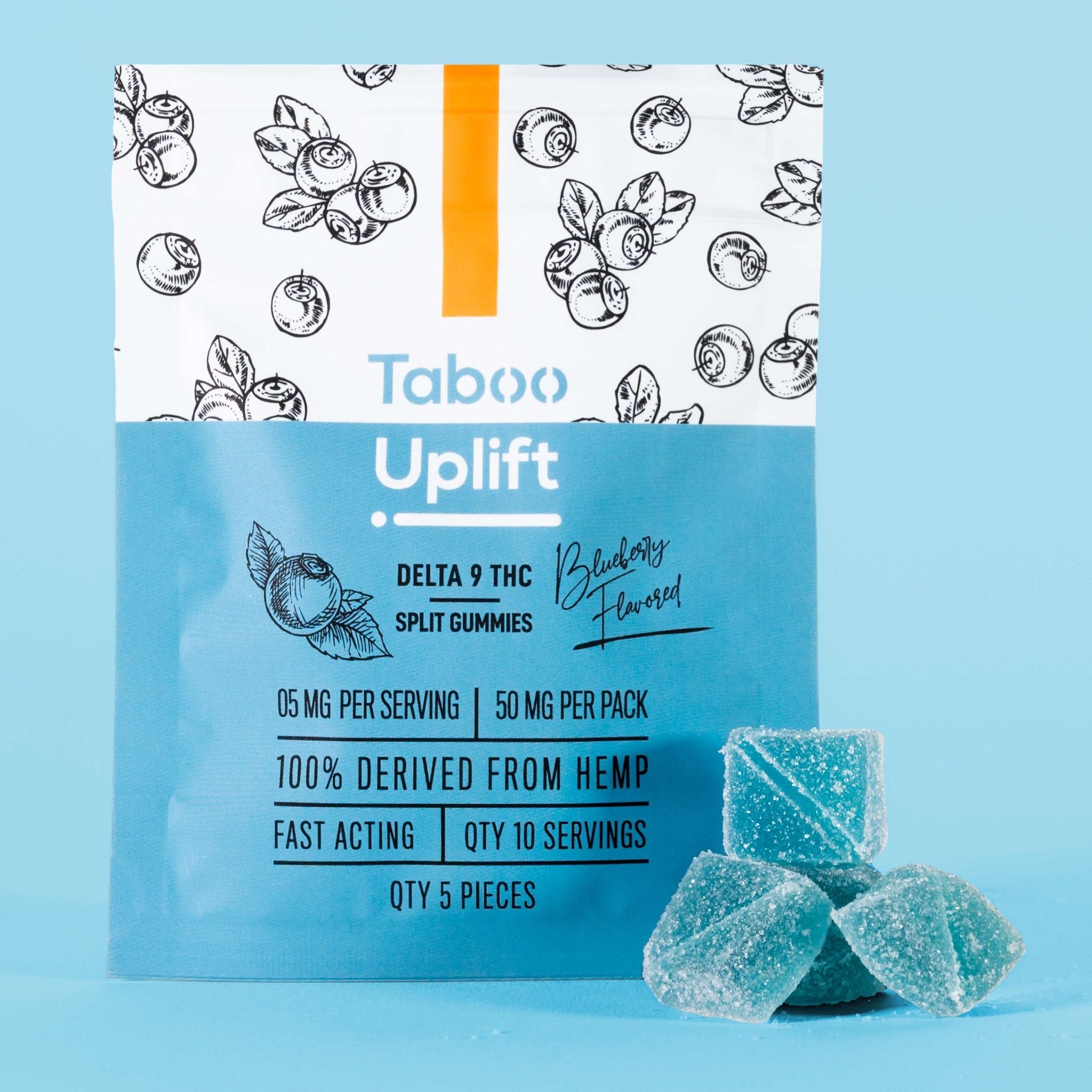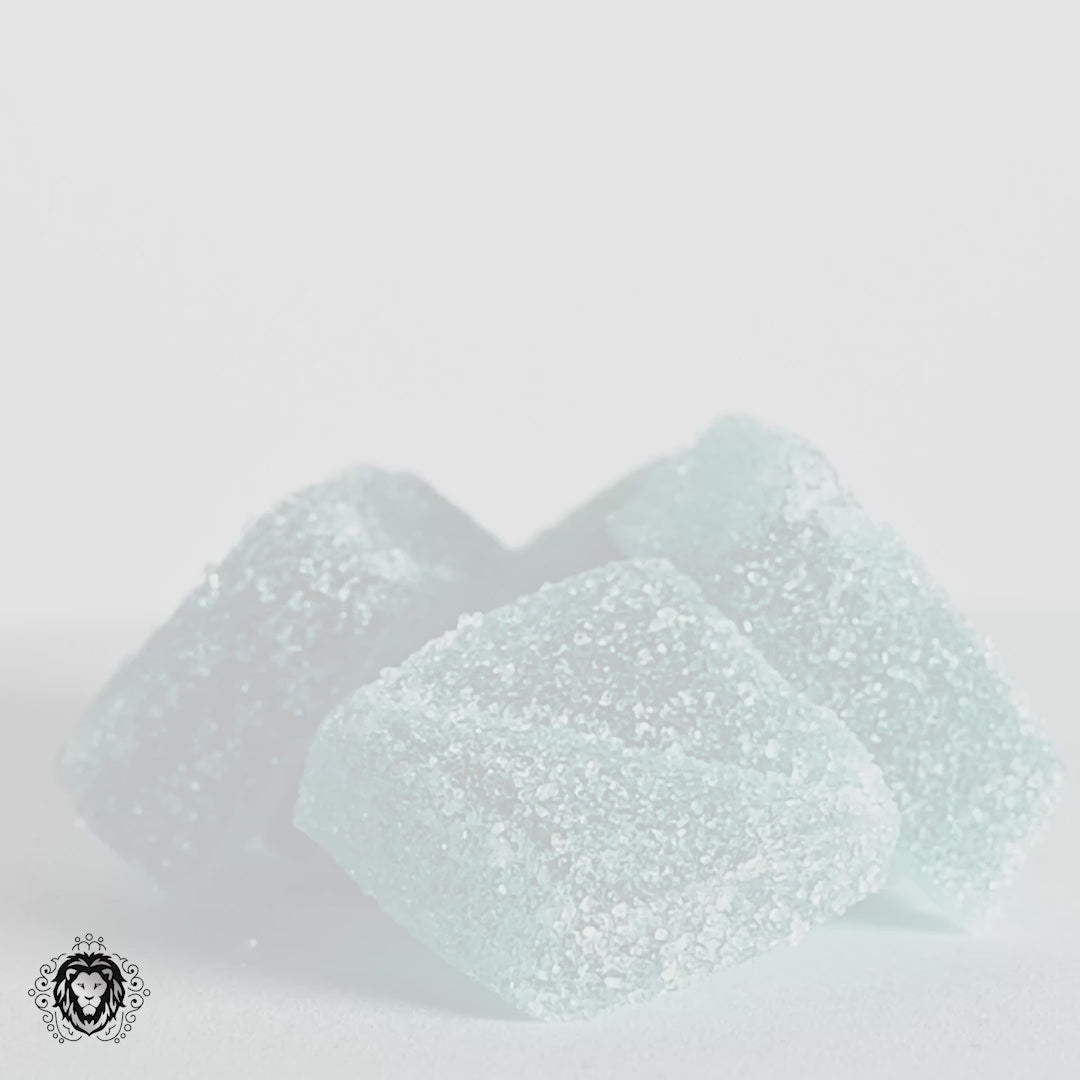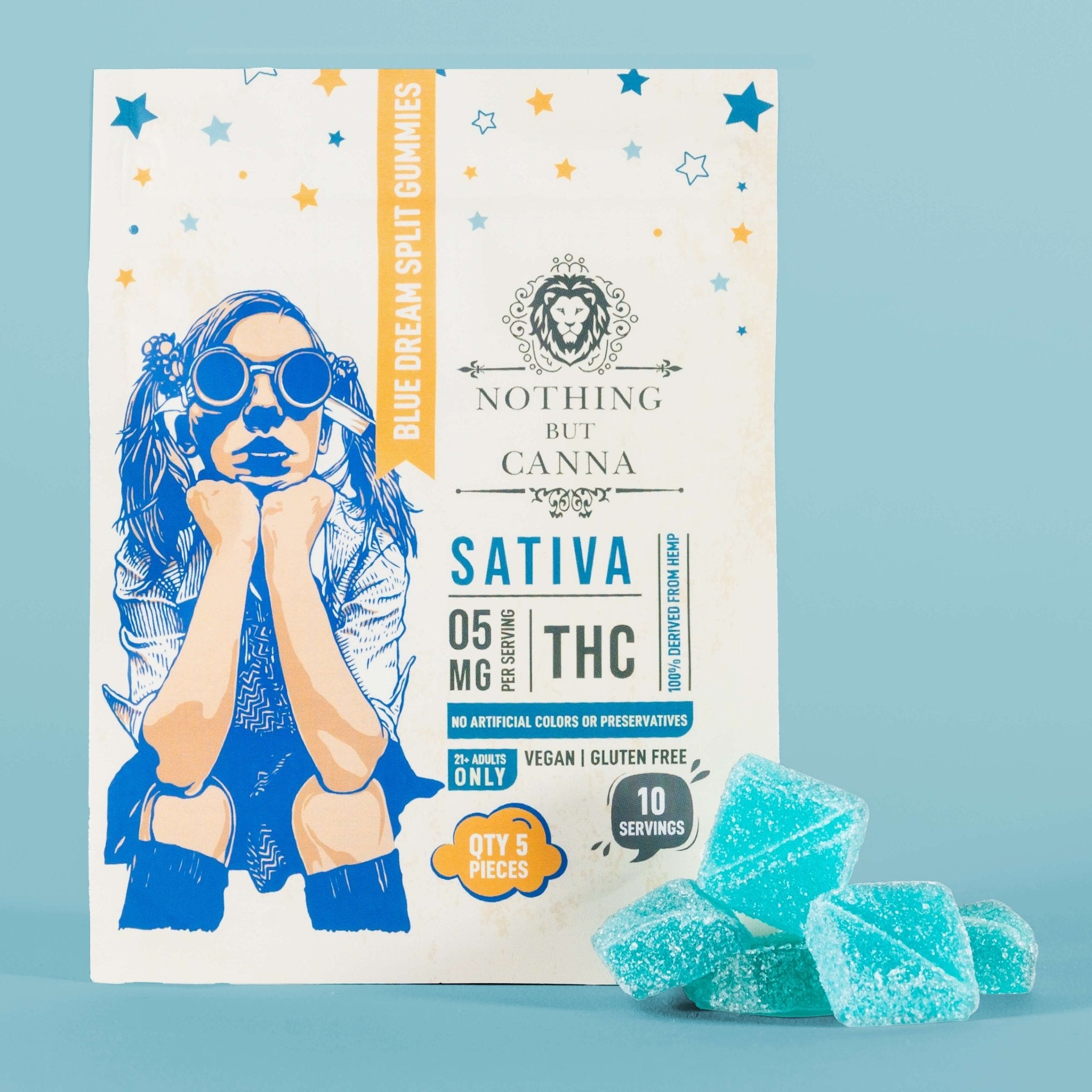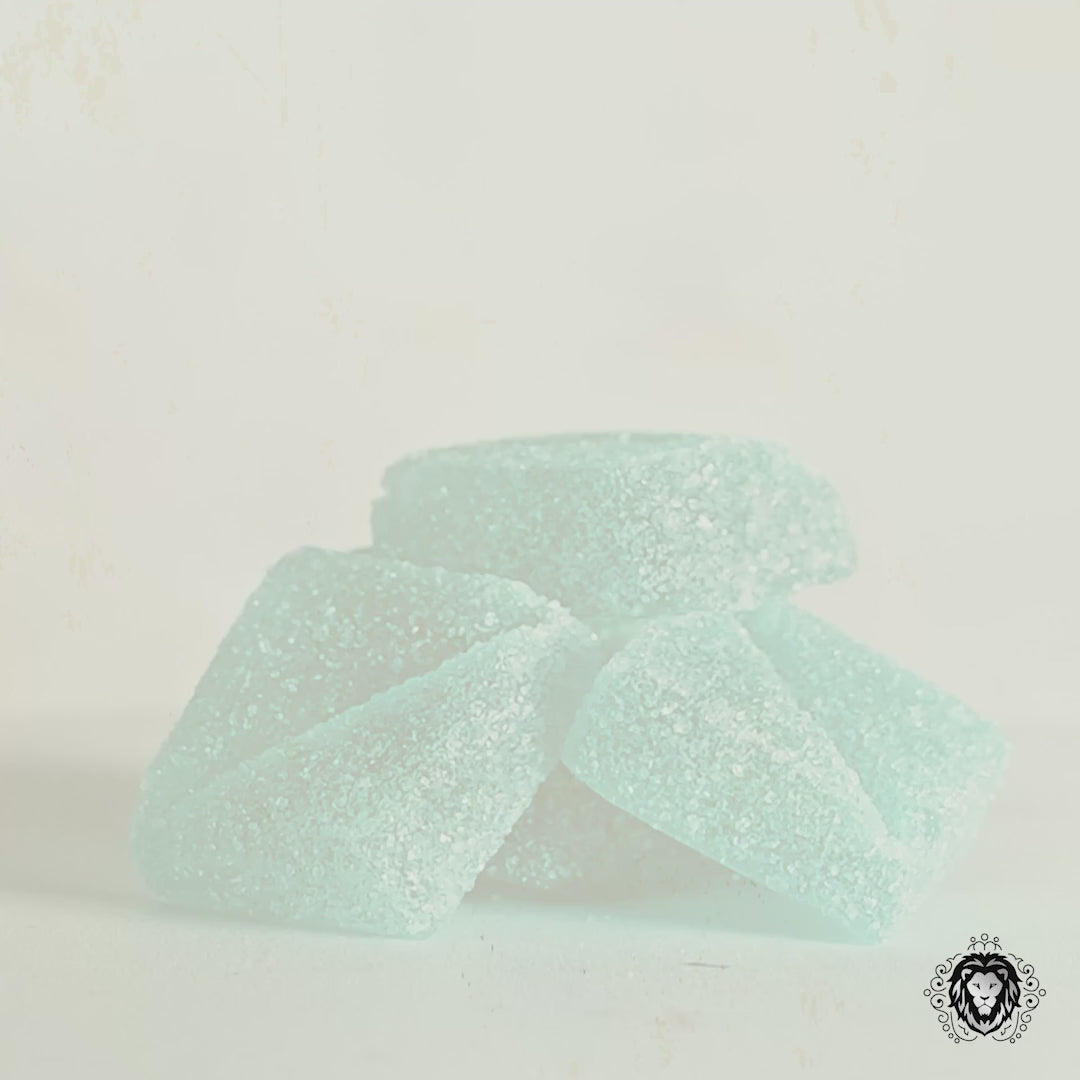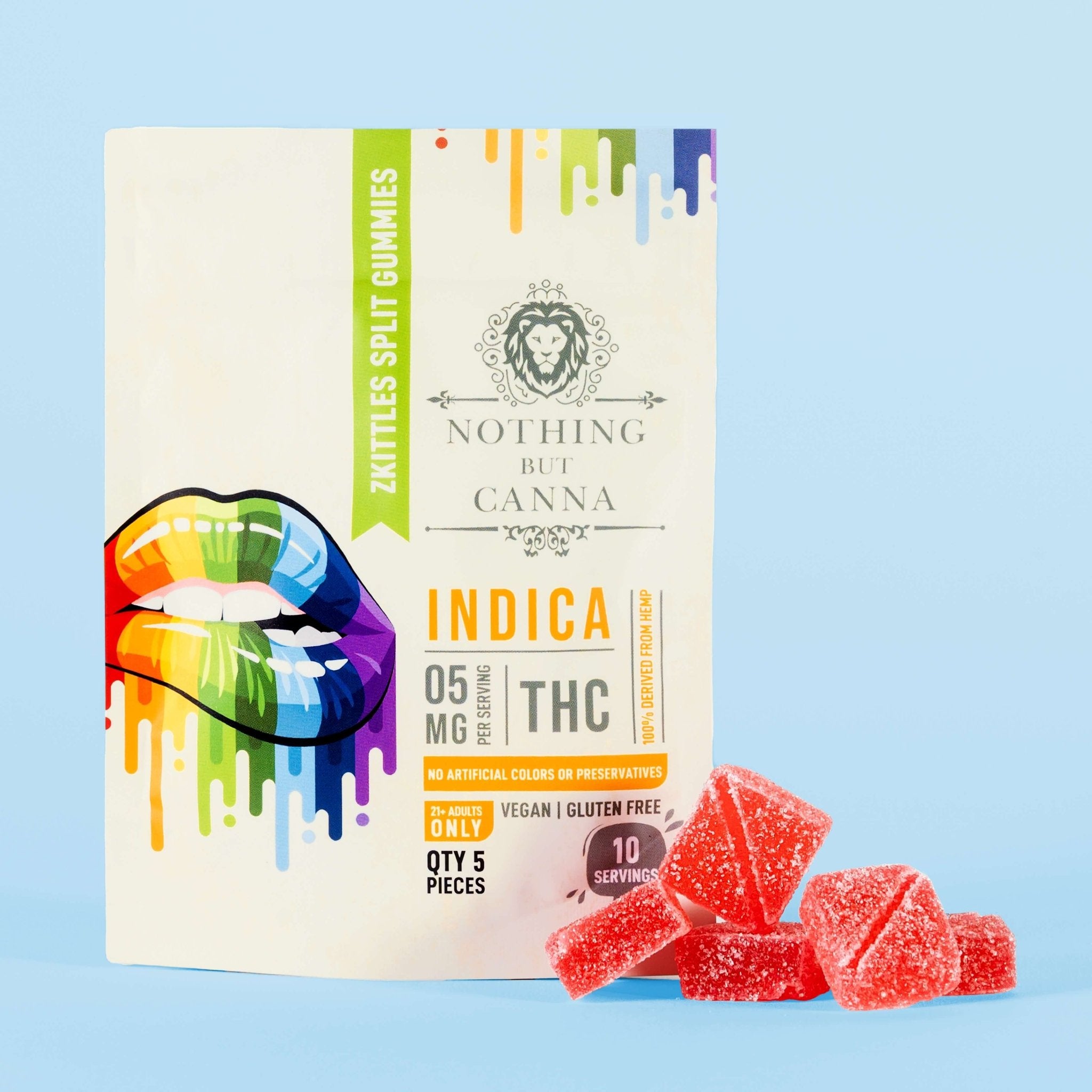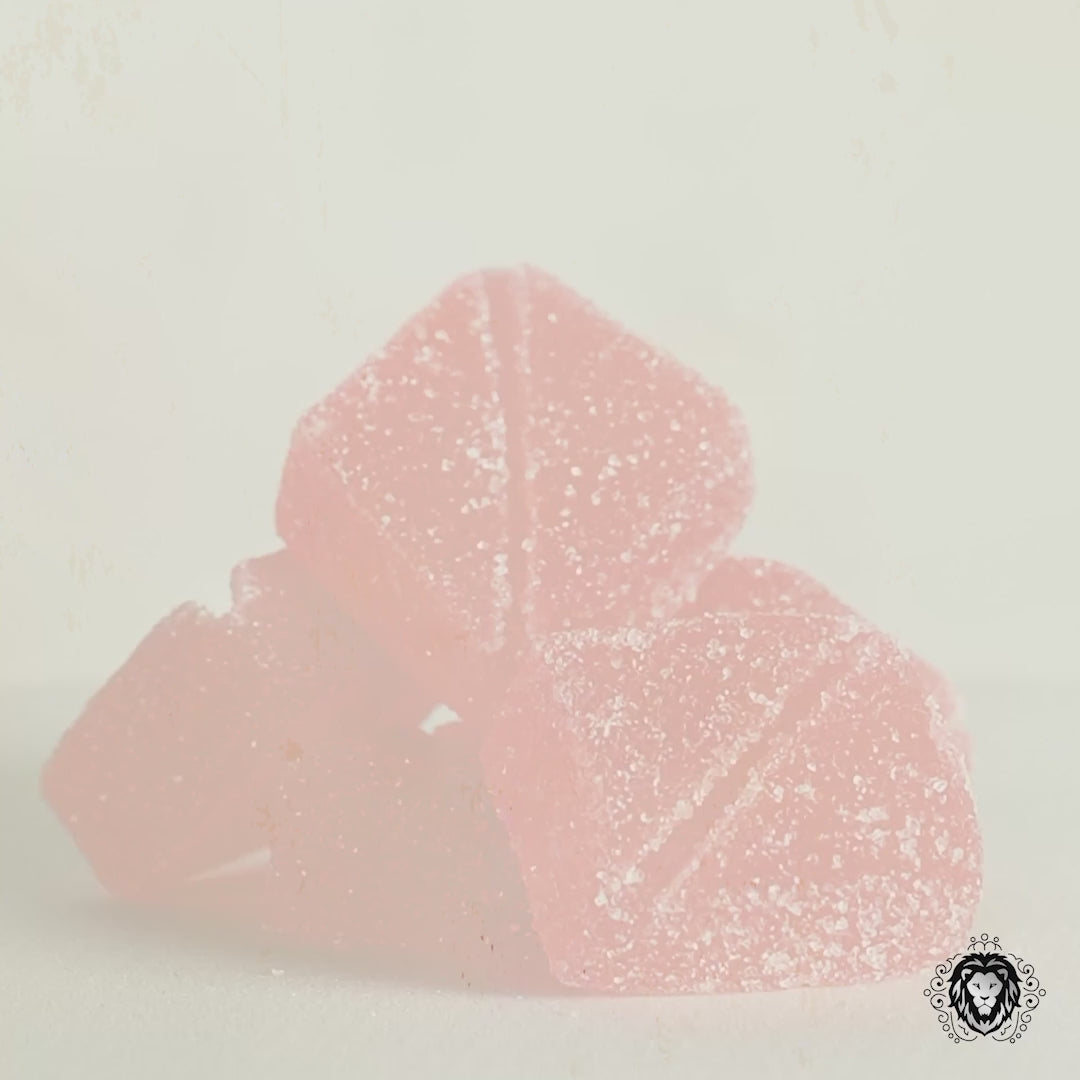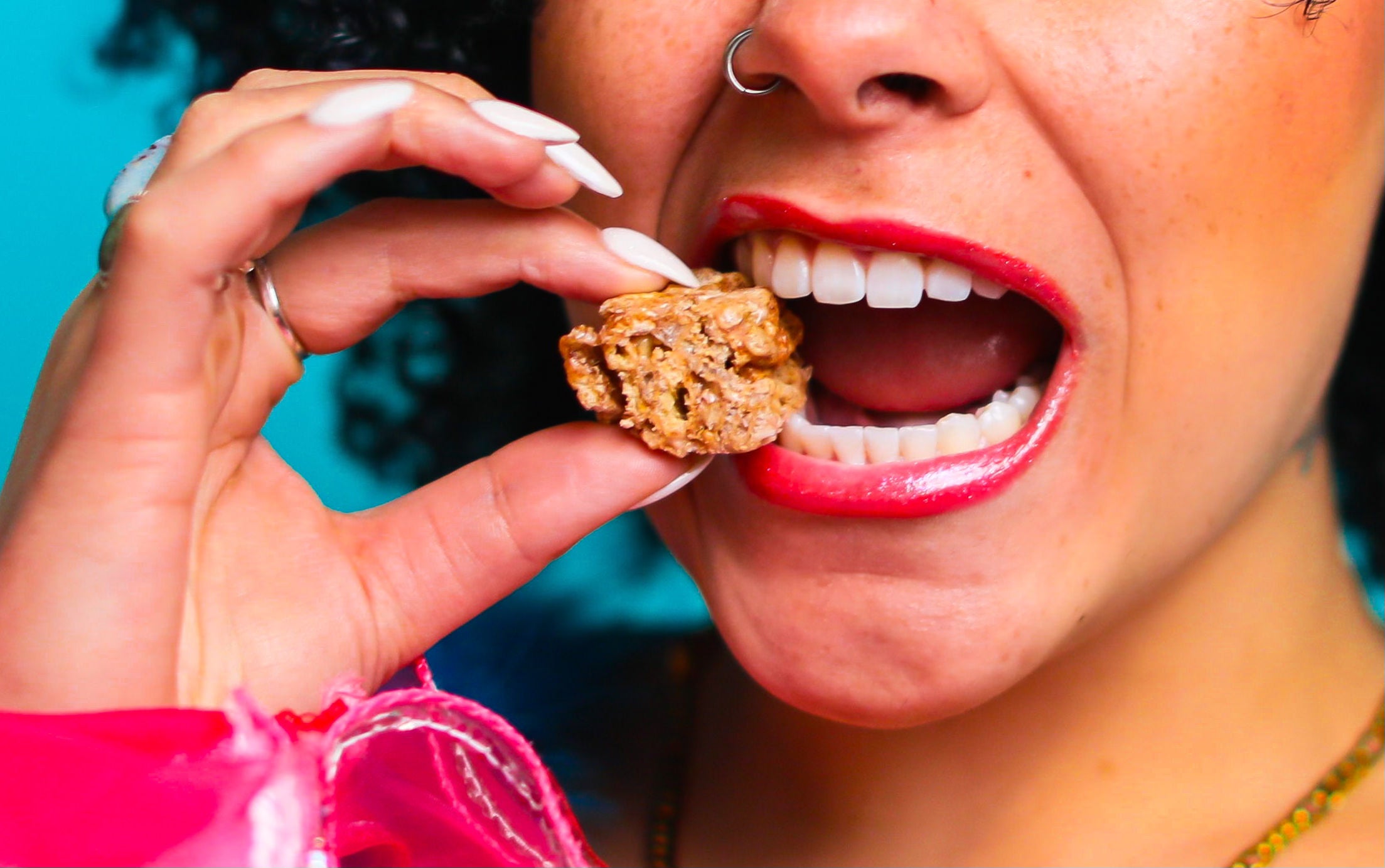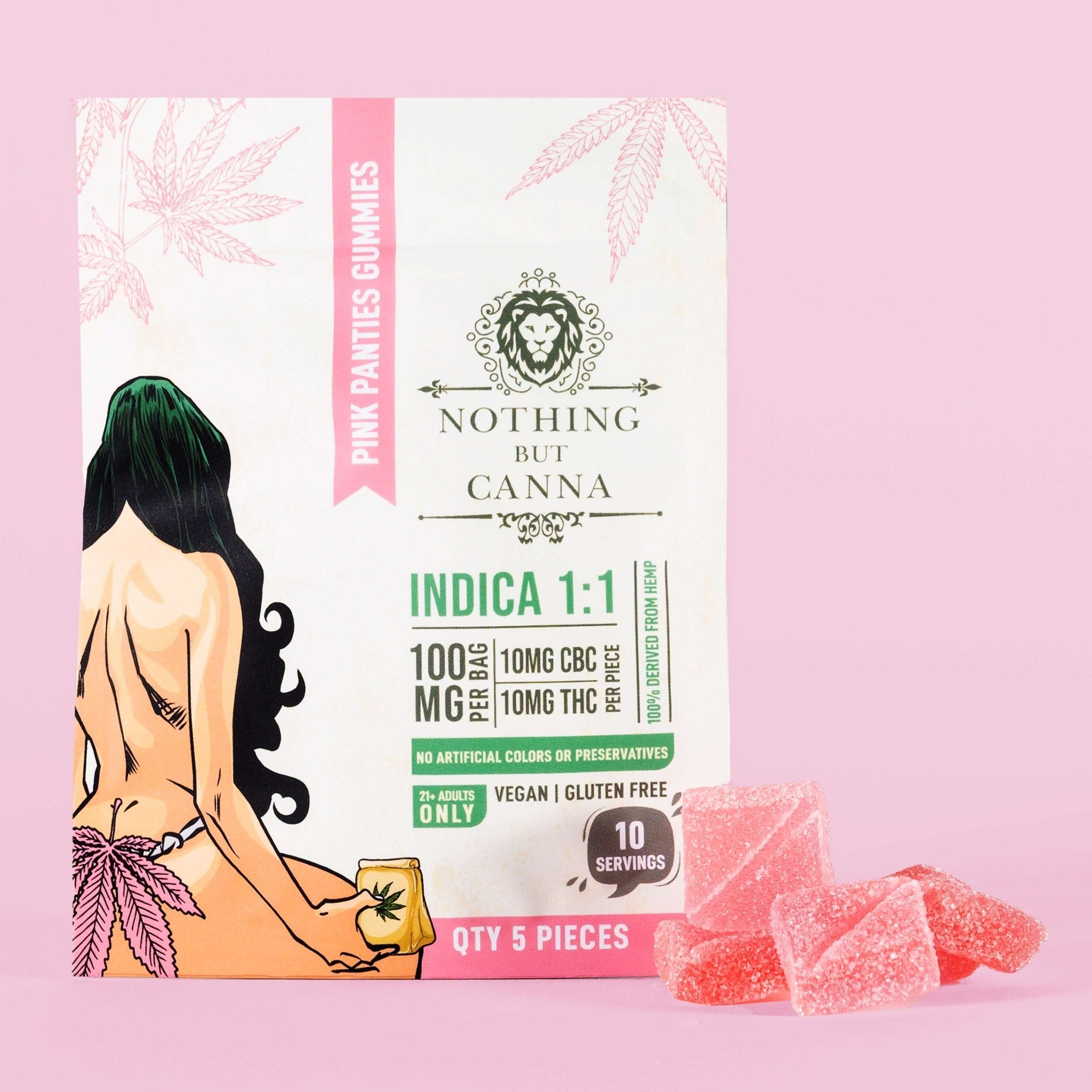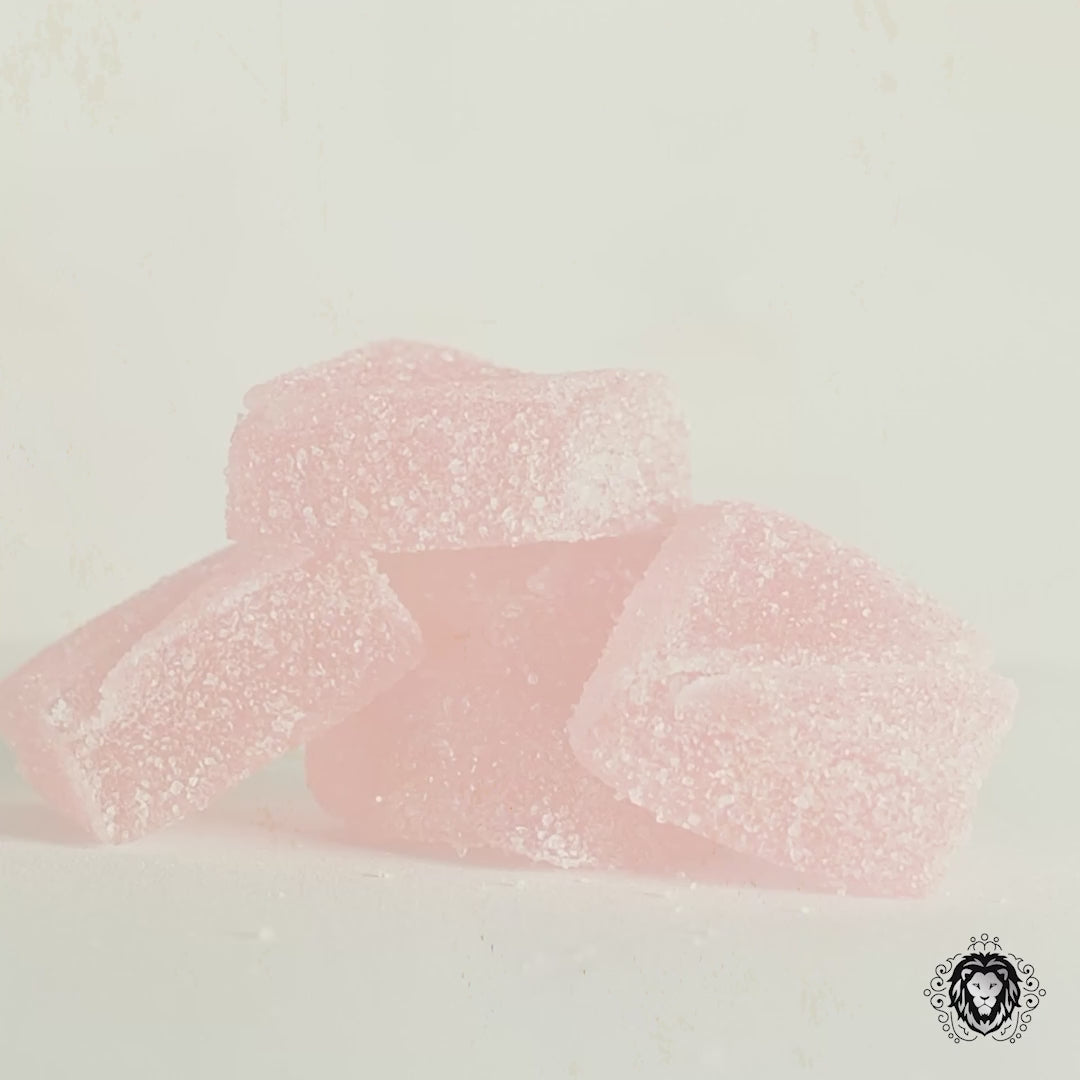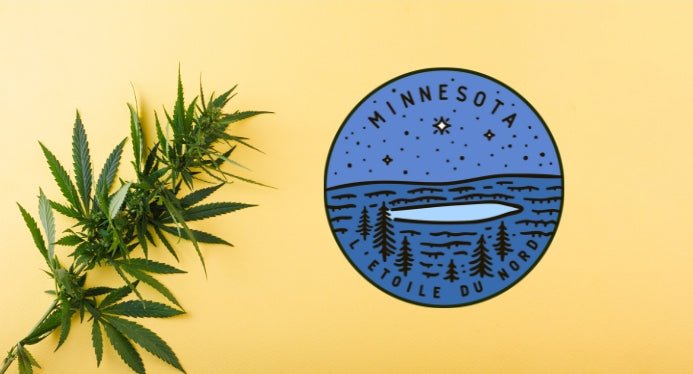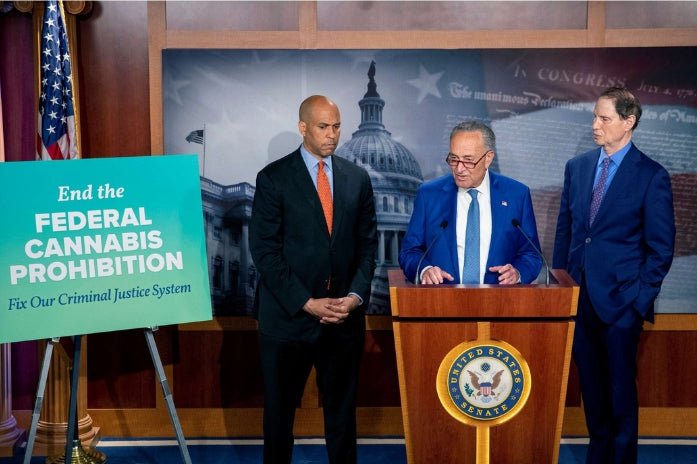The proposed changes would help align the state’s highly restrictive standards with those of the federal government.

One of the more challenging aspects of being a hemp farmer or any part of the predominantly misunderstood and misrepresented hemp industry is, of all things, laboratory testing procedures for the plant. The 2018 Farm Bill, which legalized hemp and all of its downstream derivatives and uses, defined hemp as any part of the cannabis sativa plant containing less than 0.3% delta-9 THC.
However, testing for that incredibly minute amount has proven to be a bit of a challenge for labs, health officials, lawmakers, and farmers. The details can be a bit dry and difficult to follow, but, needless to say, as with most legally constructed scientific bureaucracies, those details have become quite "devilish" for all parties involved, particularly in some of the country's more rural and conservative areas.
One of those spots is the state of South Dakota, where policymakers and political leaders are struggling to figure out the most efficient way to fairly and safely test hemp and hemp-derived products. According to numerous local and national media outlets, Republican State Sen. Joshua Klumb introduced Senate Bill 117 last week to help address South Dakota’s lagging testing procedures.
Among many areas, the measure would make lab testing procedures easier for cultivators, particularly concerning the highly polarizing issue of THC levels. While medicinal cannabis is legal in South Dakota, most of the hemp grown in the state, which cultivates the most hemp per acre in the country (courtesy of the National Agricultural Statistics Service's 2022 National Hemp Report), is grown predominantly for fiber and CBD production.
Under current South Dakota laws, any hemp sample that tests above the 0.3% threshold level mentioned above must be retested. If it tests above the legal amount again, the entire lot must be eliminated, costing farmers a substantial amount of time, effort, and money.
Klumb's proposed measure would only require retesting if the initial results indicated THC levels of 1% or greater, which is the exact same threshold testing limit as the U.S. Department of Agriculture requirements published in 2021. Those retested samples must test below the 0.3% limit, or risk destroying the entire lot.
In addition, the proposed law would extend licensing periods from 15 months to three years and reduce the number of criminal background checks required to maintain a valid license.
“We want to do everything we can to help not just the farmers but the processors. We want to be No. 1 in this, but also we want to be No. 1 in doing it right," said Rep. Oren Lesmeister, a Democrat and co-sponsor of the bill.
"We want to do everything we can to help not just the farmers but the processors. We want to be No. 1 in this, but also we want to be No. 1 in doing it right."
- South Dakota State Rep. Oren Lesmeister (D), Co-Sponsor of the Bill.
The issues of lab testing and the legal definition of hemp have come under intense scrutiny since Congress removed hemp from the Controlled Substances Act under the Farm Bill. Last week, the National Association of State Departments of Agriculture (NASDA) issued a statement regarding its priorities for the 2024 Farm Bill, which received a last-minute extension in December.
In that one-pager, NASDA, representing state agriculture officials in 50 states and four U.S. territories, outlined five critical policy issues the association is targeting for the almost trillion-dollar spending bill. One of those areas of focus and contention is the threshold limit for legal hemp.
NASDA, along with hemp industry advocates and stakeholders, are pushing for lawmakers to triple the THC limit for hemp from the current 0.3% delta-9 THC by dry weight to 1%.
"Increasing the THC concentration to one percent would enable farmers to plant more seed varieties. This action also retains limits on THC concentration while giving farmers greater assurance their crop will be viable," NASDA said in the document.
"Increasing the THC concentration to one percent would enable farmers to plant more seed varieties. This action also retains limits on THC concentration while giving farmers greater assurance their crop will be viable."
- One-Pager on 2024 Farm Bill Priorities Released by NASDA
As pointed out by Frances Scott, a physical scientist at the National Institute of Justice (NIJ) Office of Investigative and Forensic Sciences under the DOJ, who led a 2022 study involving the testing of dozens of product offerings derived from legal hemp, the justification of the particular 0.3% rule is not especially grounded in science.
“It’s sort of fascinating where that 0.3 percent came from, too. It seems to have come from, like, one mention hypothetically in an article from the 1950s, and kind of got picked up and run with,” Scott said.
"It’s sort of fascinating where that 0.3 percent came from, too. It seems to have come from, like, one mention hypothetically in an article from the 1950s, and kind of got picked up and run with."
- Dr. Frances Scott, Physical Scientist at the National Institute of Justice (NIJ)
So, if the threshold is arbitrary, incredibly too low, and not even scientifically justified, maybe it's time to get some actual scientific brains involved to determine the most equitable, effective, and safe limit for an industry that generated over $28 billion in 2023. Too many businesses, jobs, and lives are dependent on the expanding market sector not to have the best and brightest minds steering the ship.




